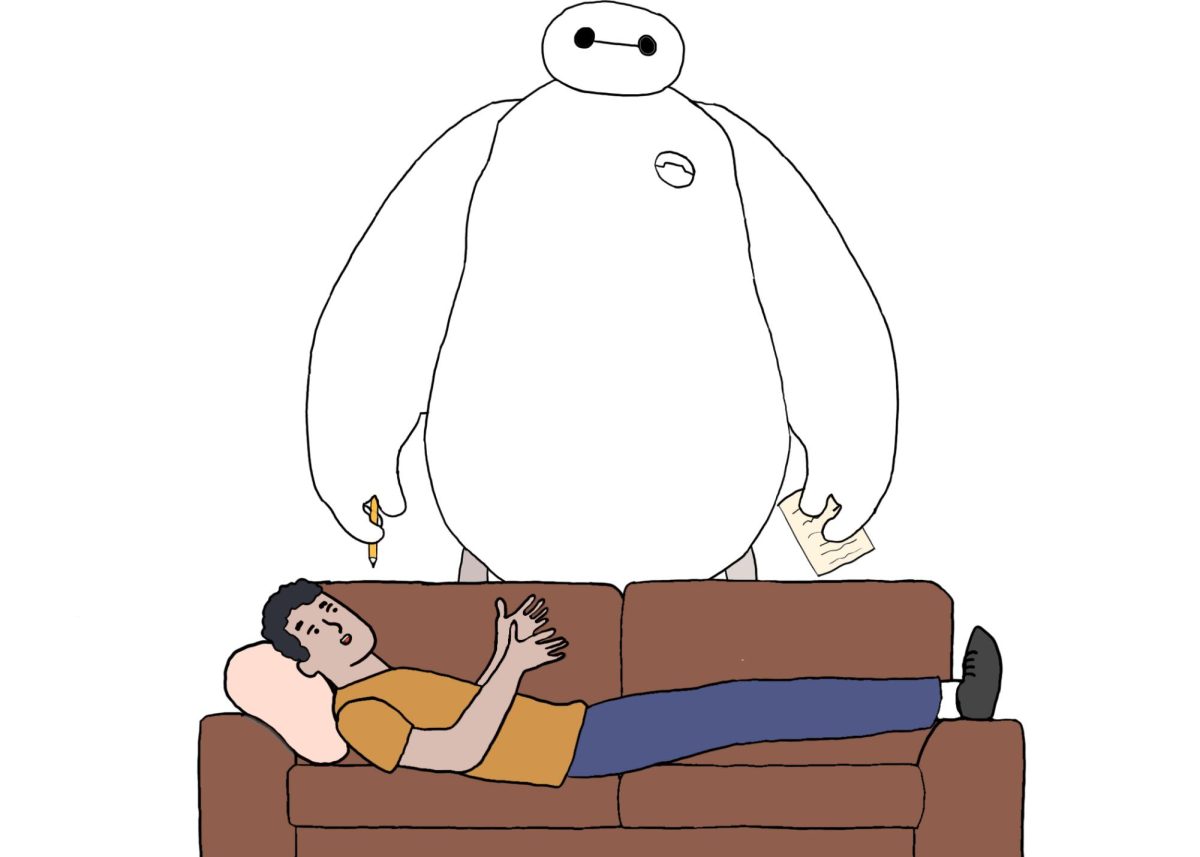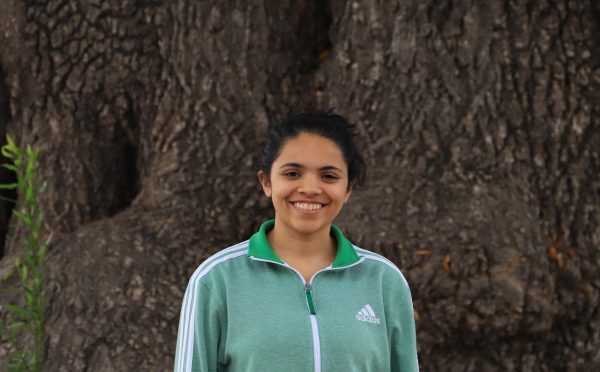Even before the rise of apps like Instagram and TikTok, food blogging and recipes had a significant online presence. However, social media has reshaped how we interact with food, making it more visual, aspirational, and sometimes controversial. So, what makes social media’s influence on food so unique? While it can inspire healthy choices and creative cuisine, it can also promote unrealistic trends and expectations. This matters because, more often than not, when we are looking for meal ideas, we turn to social media for inspiration. And frequently, food content finds its way to us—whether we look for it or not. In both cases, it is important to engage thoughtfully and evaluate what we consume through both media and food.
Food Photography
Food photography has been a powerful marketing tool for years. In magazines, cookbooks, and restaurant menus, food is photographed in an appetizing way. Social media has helped take food photography to a new level, where images of avocado toasts and specialty restaurant dishes dominate our “for you” pages. This focus on aesthetics encourages people to explore new foods as well as to enjoy eating more. However, it is important to remember that food photography is not always reflective of a person’s complete, real-life eating habits. Often, people share curated moments that show a perfect meal or an idealized version of their diet. With users viewing content more than posting it, food photography can create the sense that picture-perfect meals are the standard, creating pressure to mirror them.
“What I Eat In A Day”
One popular trend is “What I Eat in a Day” videos, where influencers share their daily meals and routines. These videos can inspire new meal ideas and promote balanced eating. However, their highly curated nature often creates unrealistic expectations. While they may seem relatable, influencers may stage meals to appear as perfect. This causes viewers to feel pressure to replicate these unattainable diets, which can lead to dissatisfaction when they cannot. Even when watching “What I Eat in a Day as a _____” videos tailored to specific groups like athletes, students, or new moms, it is important to remember that everyone’s body and needs are different. These videos rarely consider individual dietary requirements, so approach these videos with caution and prioritize your unique nutritional needs.
Mukbangs
Another popular type of food centric video content that people consume are Mukbangs. Mukbangs, videos where influencers eat large amounts of food, offer a mix of entertainment and cultural exploration of food. As entertaining as they are, it is important to not be influenced by the overeating fast foods, since these videos often overlook the health consequences.
Diet Trends and “Quick Fixes”
Similarly, social media promotes various diet trends, like plant-based diets, which can raise health awareness if supported by credible sources. However, many promoted diets are extreme or lack scientific backing, focusing on weight loss rather than overall wellbeing. Influencers and brands often blur the line between genuine reviews and paid promotions, misleading viewers into buying products that promise quick results but don’t actually deliver. These quick fixes could also just offer short term satisfaction, but ignore the long term commitment required for sustainable health.
Social media is not going away anytime soon. It can be a positive tool for discovering new food ideas, but it’s important to navigate it with intention and balance. While we may believe we’re not influenced by what we see online, the constant comparison to others’ lifestyles can subtly shape our choices. The key is intention: when we knowledgeably engage with food content, we are more likely to make informed choices that align with our personal goals and needs.





































































